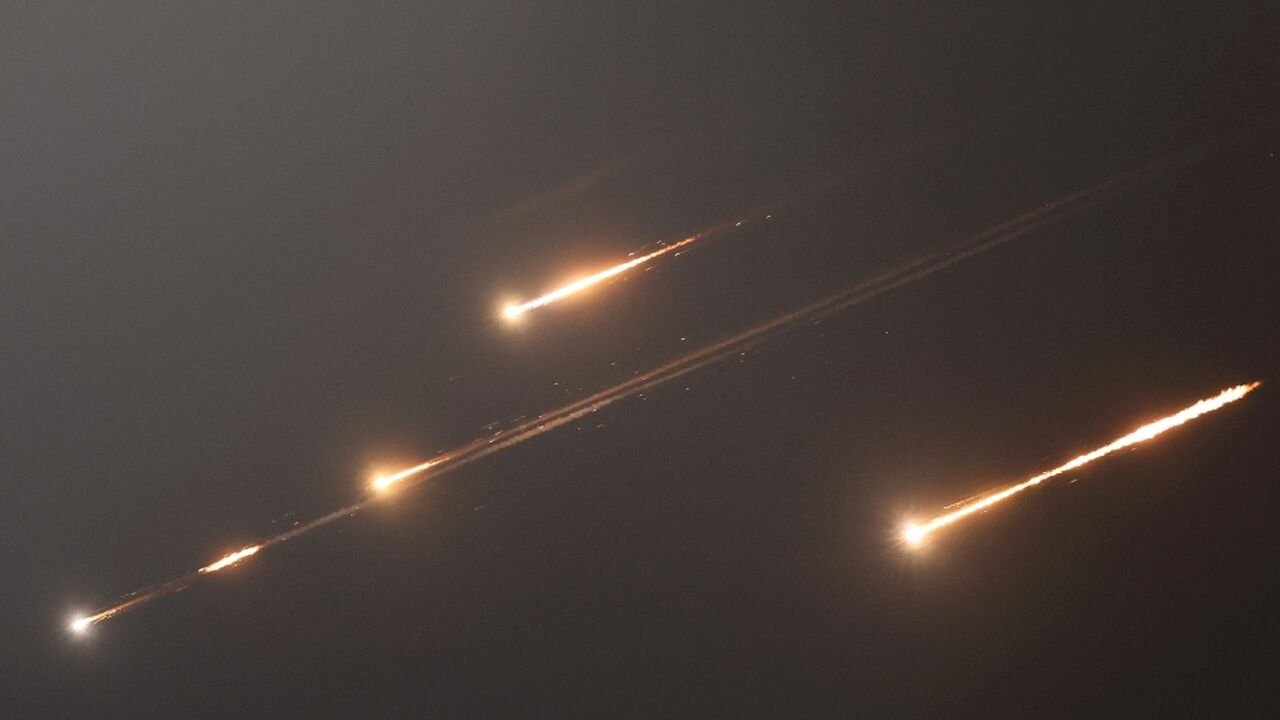Tensions between Israel and Iran have reached a new level this week after Israel launched strikes that it said were “preemptive” on Iran’s military and nuclear sites. Iran also hit Tel Aviv in return. This new escalatory phase comes after last April, Israel reportedly hit Iran’s embassy compound in Damascus, killing several Revolutionary Guard officers. In October, 2024 Iran fired missiles at Israel, and Israel responded by bombing Iranian military bases.
In the ongoing strikes, Israel has damaged parts of Iran’s missile and air defense systems. But experts say Israel isn’t equipped with the kind of heavy bombs or bombers needed to destroy Iran’s buried nuclear installations. Because of this, Iran is expected to move more of its nuclear facilities underground.
Iran’s military is large. It has around 610,000 active troops and 350,000 reservists. The Islamic Revolutionary Guard Corps (IRGC) makes up a big slice of that force. Israel’s military is smaller, forming of about 169,500 active soldiers but its reserves are nearly three times larger, at 465,000, giving it fast mobilization when tensions rise and escalation quickly grows.
Budget-wise, the two countries couldn’t be more different. Iran spent roughly $7.9 billion on its military in 2024, a drop driven largely by economic sanctions. Israel, on the other hand, boosted its defense budget to $46.5 billion, mostly due to the war it has imposed on Palestine; as part of which it continues to strike Syria and Lebanon now and then.
Read More: Israel Attacks Iran Again as Tensions Soar
In the air, Israel holds superiority over Iran. It operates about 345 combat jets and 43 attack helicopters. Iran has over 300 planes too, but many are outdated models from Russia like the MiG-29 and F-4. That leaves Iran at a disadvantage during fast-moving air raids.
Defensively, Israel runs a top-tier air defense network, with Iron Dome interceptors and other systems to intercept incoming rockets. Iran has made strides with systems like Azarakhsh but they are still not at par with what Israel has.
On the ground, Iran has superiority over Israel, with over 10,000 tanks, nearly 7,000 artillery guns, and hundreds of armored vehicles. Israel has around 400 tanks and just over 1,100 armored carriers.
At sea, Iran has a larger fleet, including 17 submarines, while Israel maintains five subs. However, its submarines are more advanced and capable. Israel’s navy is believed to carry high-tech, nuclear-capable weapons.
Missiles are another key point. Iran fields up to a dozen types of medium-range missiles that can reach 2,000 km. Israel’s long-range Jericho-3 missile, on the other hand, can travel up to 6,500 km. Israel is also widely believed to have roughly 90 nuclear warheads, though it keeps that a secret. Iran does not have any nuclear weapons but continues its uranium enrichment program, which worries the West.
Together, these differences in size, spending, and technology shape a regional rivalry that remains tense, unpredictable, and deeply influential across the Middle East.
Student | Writer | Analyst



